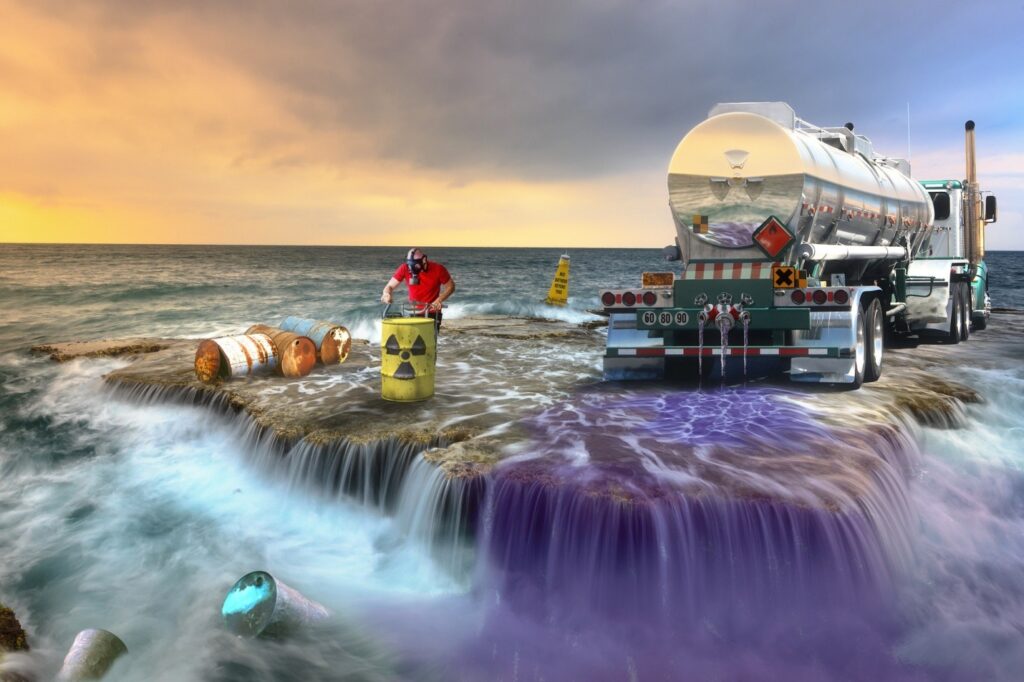The Ultimate Guide To Reclaim Waste
The Ultimate Guide To Reclaim Waste
Blog Article
The Basic Principles Of Reclaim Waste
Table of ContentsHow Reclaim Waste can Save You Time, Stress, and Money.The Best Strategy To Use For Reclaim WasteThe Buzz on Reclaim WasteSome Known Incorrect Statements About Reclaim Waste The Ultimate Guide To Reclaim Waste
Explore the types, events, and kinds of liquid waste. Residential sewer waste refers to the waste and products from a domestic septic system. This kind of waste is created by humans in houses, colleges, and other buildings. This only includes septic systems that have a drain field. The proper monitoring and disposal of residential sewer waste require liquid waste to be transferred to a sewage treatment plant where the correct approaches and devices are put on purify and throw away waste.
Industrial waste frequently includes potential hazards, such as flammable materials or a mixture of liquid and solid waste items, and requires a much more innovative and comprehensive disposal procedure. The disposal of business waste usually entails the filtration of waste prior to transportation to make sure safe and proper disposal. Hazardous waste is developed from results and overflow of industrial processes and manufacturing.
This sort of waste can not make use of the very same sewage administration transportation or processes as septic or industrial fluids. The hazardous waste administration procedure needs the assessment and testing of liquid waste before it undertakes the disposal process (liquid waste removal). Runoff waste is the fluid waste that comes from overflow and excess stormwater in highly inhabited areas or cities
Runoff waste can cause contamination and flooding if not handled correctly. Find out more concerning sewer cleaning and waste monitoring. Making sure correct waste management can protect against disasters and minimize environmental injury. Both individuals in residential setups and professionals in commercial or manufacturing sectors can profit from recognizing the procedures and laws of liquid waste monitoring.
A Biased View of Reclaim Waste
Contact PROS Services today to discover about our waste monitoring and disposal solutions and the correct methods to look after the liquid waste you produce.
(https://www.awwwards.com/reclaimwaste1/)Do you understand what occurs to your water when you end, flush the toilet or drain the cleaning maker? No? Well, it deserves recognizing. This so-called 'wastewater' is not just a vital source but, after therapy, will be launched to our land, rivers or the ocean. Made use of water from bathrooms, showers, baths, kitchen area sinks, laundries and commercial processes is called wastewater.

water made use of to cool machinery or clean plant and equipment). Stormwater, a type of wastewater, is drainage that moves from agricultural and city locations such as roofings, parks, gardens, roadways, paths and rain gutters right into stormwater drains, after rain. Stormwater streams neglected directly to regional creeks or rivers, ultimately reaching the ocean.
Reclaim Waste - Questions
In Queensland, a lot of wastewater is treated at sewer treatment plants. Wastewater is transferred from domestic or industrial websites through a system of drains and pump stations, recognized as sewerage reticulation, to a sewer treatment plant.
The Division of Natural Resources encourages city governments concerning managing, operating and keeping sewerage systems and therapy plants. In unsewered locations, neighborhood governments might call for owners to mount specific or household sewer treatment systems to treat domestic wastewater from bathrooms, kitchens, restrooms and laundries. The Department of Natural Resources authorizes making use of house systems when they are confirmed to be efficient.
A lot of stormwater gets no therapy. In some brand-new communities, treatment of some stormwater to remove trash, sand and gravel has actually started utilizing gross contaminant catches. Wastewater treatment occurs in four phases: Removes strong issue. Larger solids, such as plastics and various other things wrongly discharged to sewers, are gotten rid of when wastewater is passed with displays.
Uses little living organisms knows as micro-organisms to break down and get rid of continuing to be liquified wastes and fine bits. Micro-organisms and wastes are included in the sludge.
The 8-Minute Rule for Reclaim Waste
Nutrient elimination is not readily available at all sewer treatment plants since it requires expensive specialised equipment. It is becoming much more typical in Queensland. Clear liquid effluent produced after therapy may still contain disease-causing micro-organisms. If this effluent is launched right into rivers such as rivers or the sea, the micro-organisms will ultimately pass away out.

Many wastewater moves into the sewage system. Under the Act, local governments carry out approvals and permits for ecologically relevant activities (Ages) involving wastewater launches that may have a local impact.
Reclaim Waste for Dummies
Monitoring offers accurate details about water quality and can validate that licence problems are being satisfied. The details obtained through tracking supplies the basis for making water top quality decisions.
Report this page